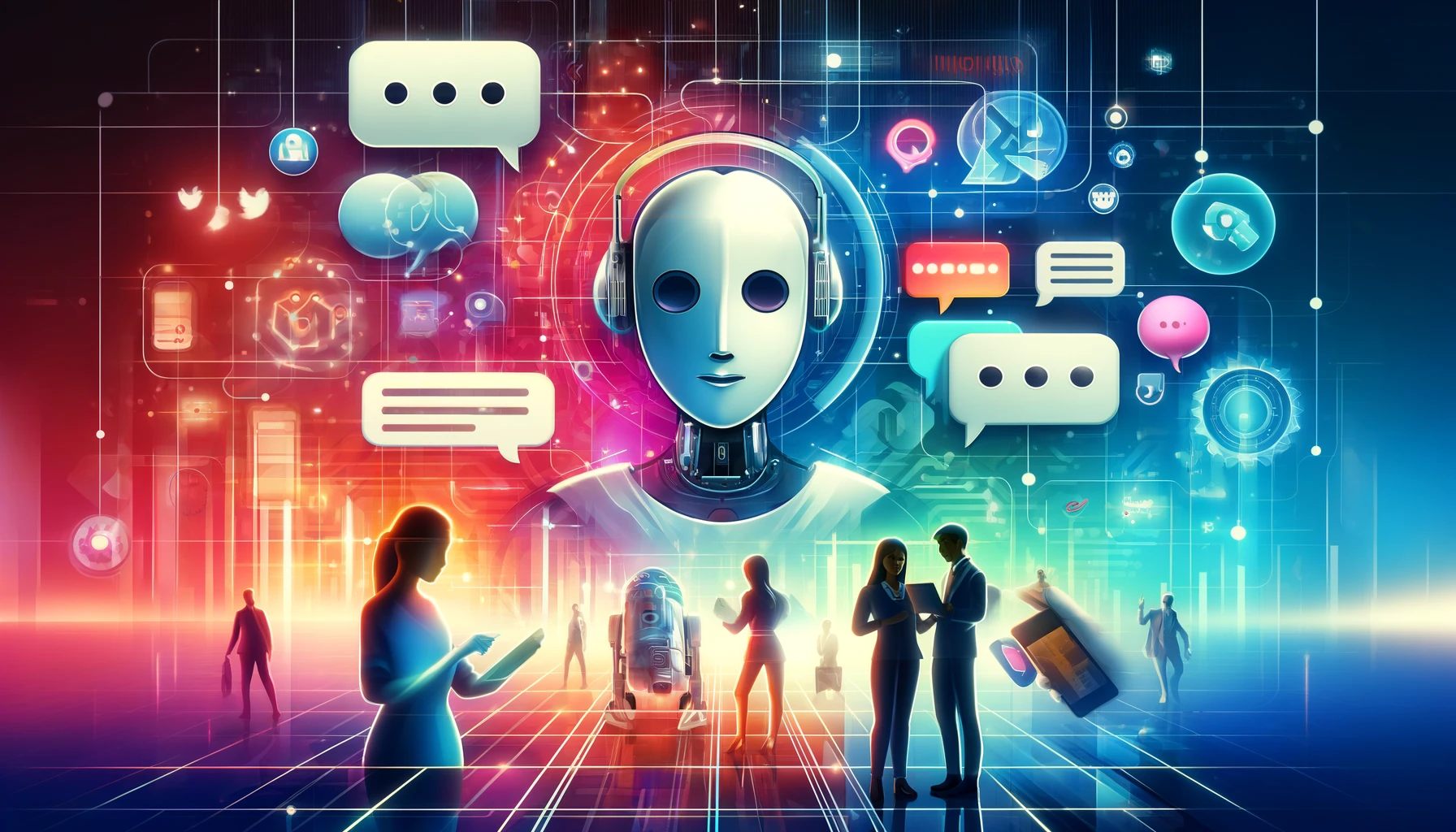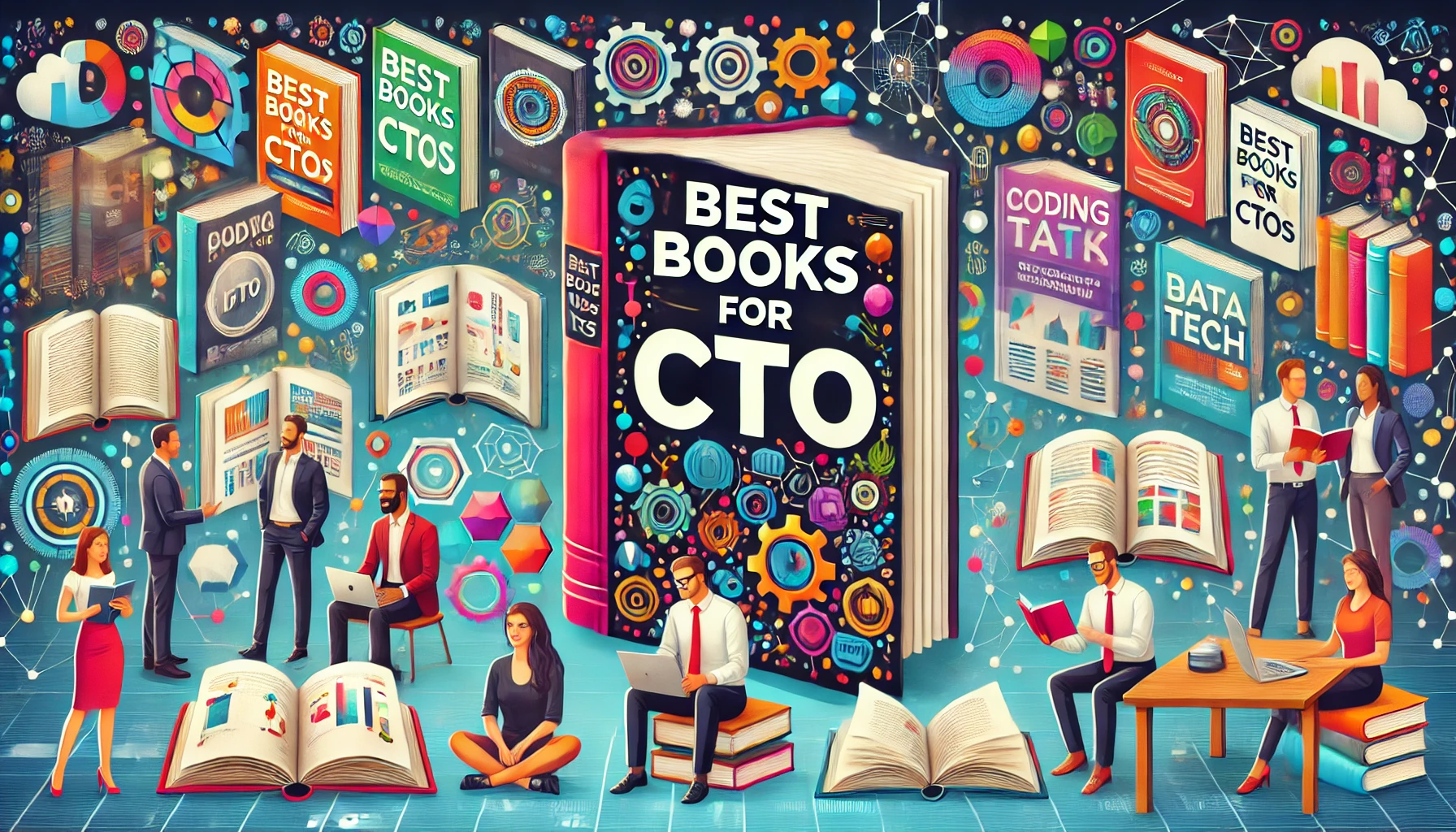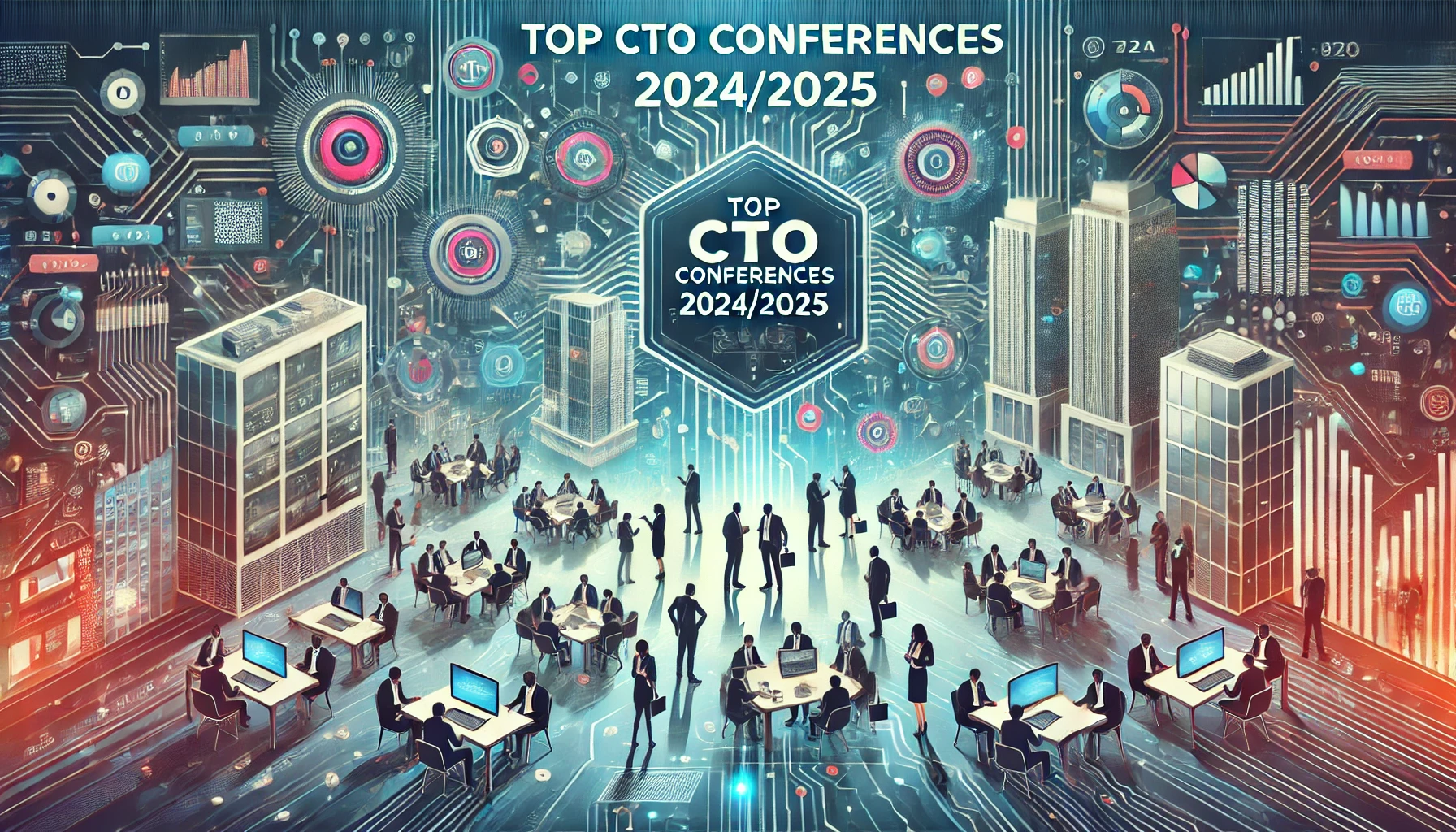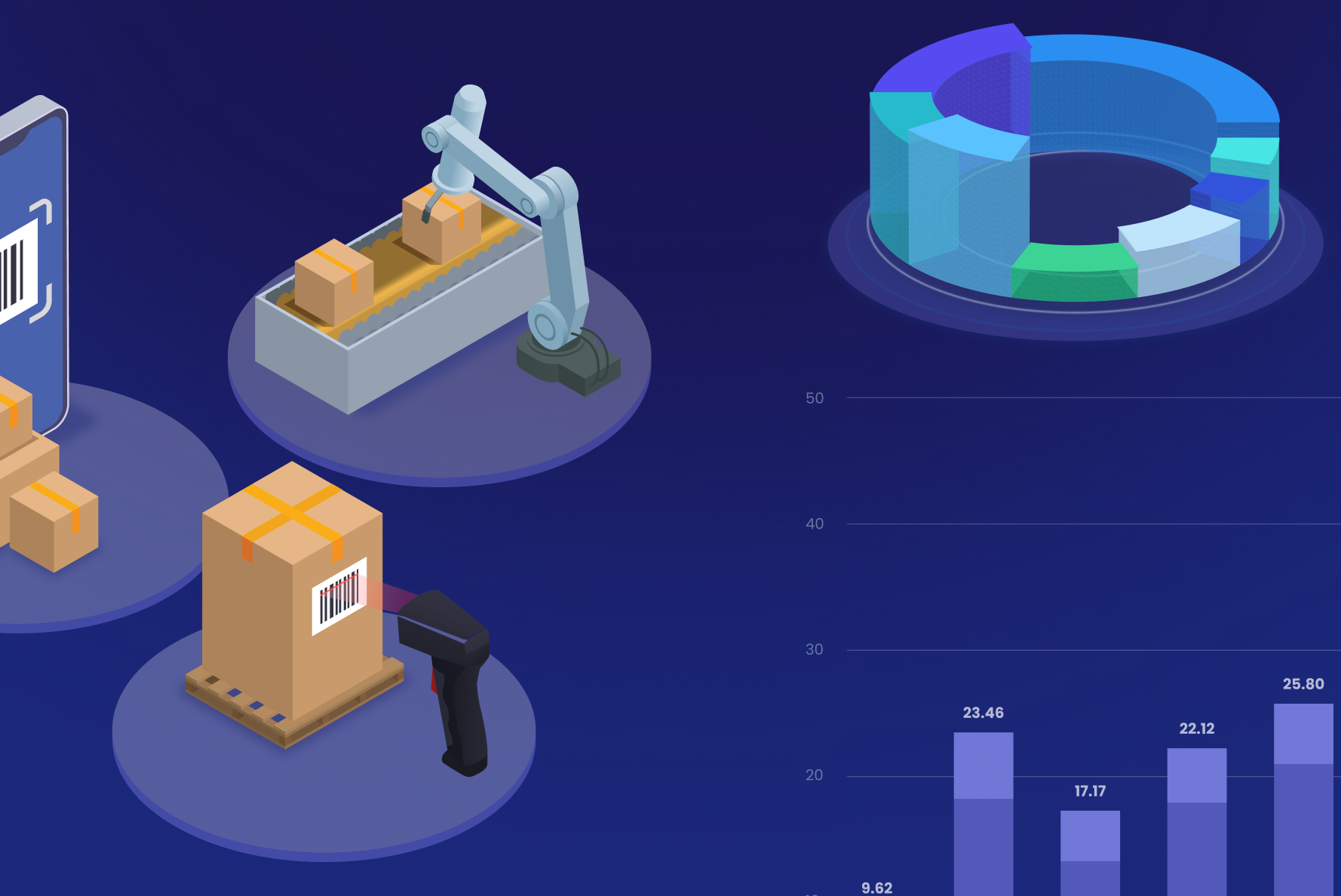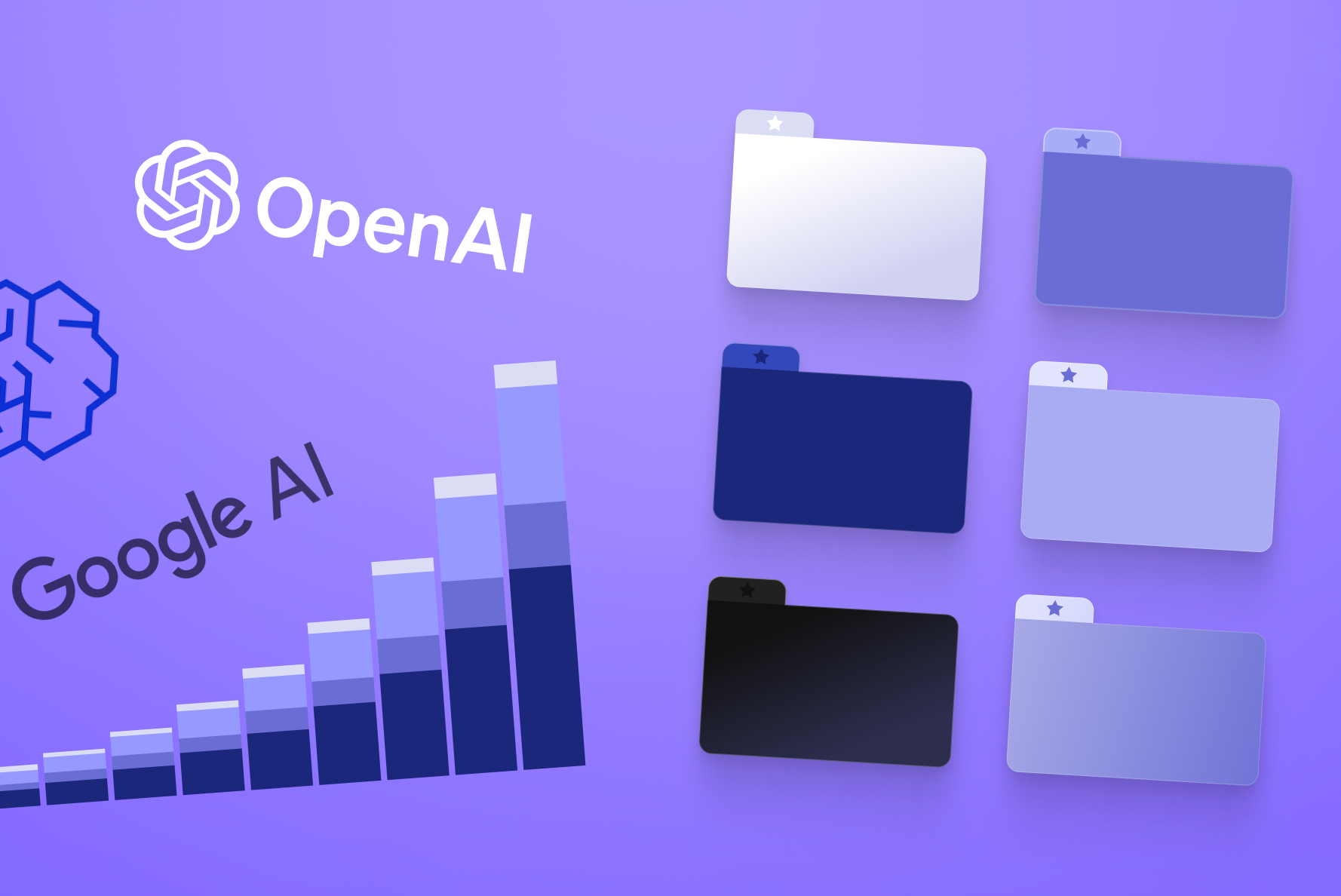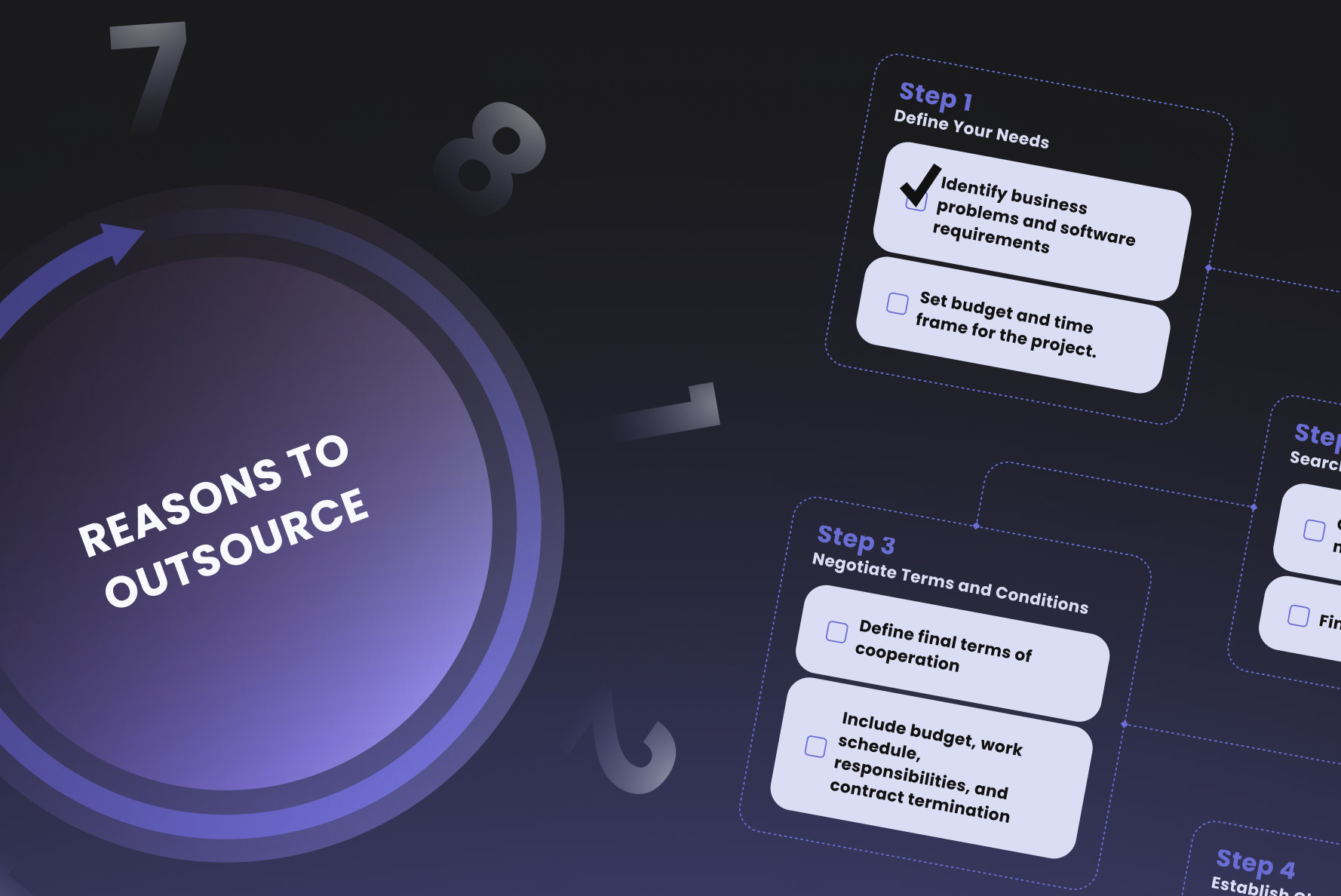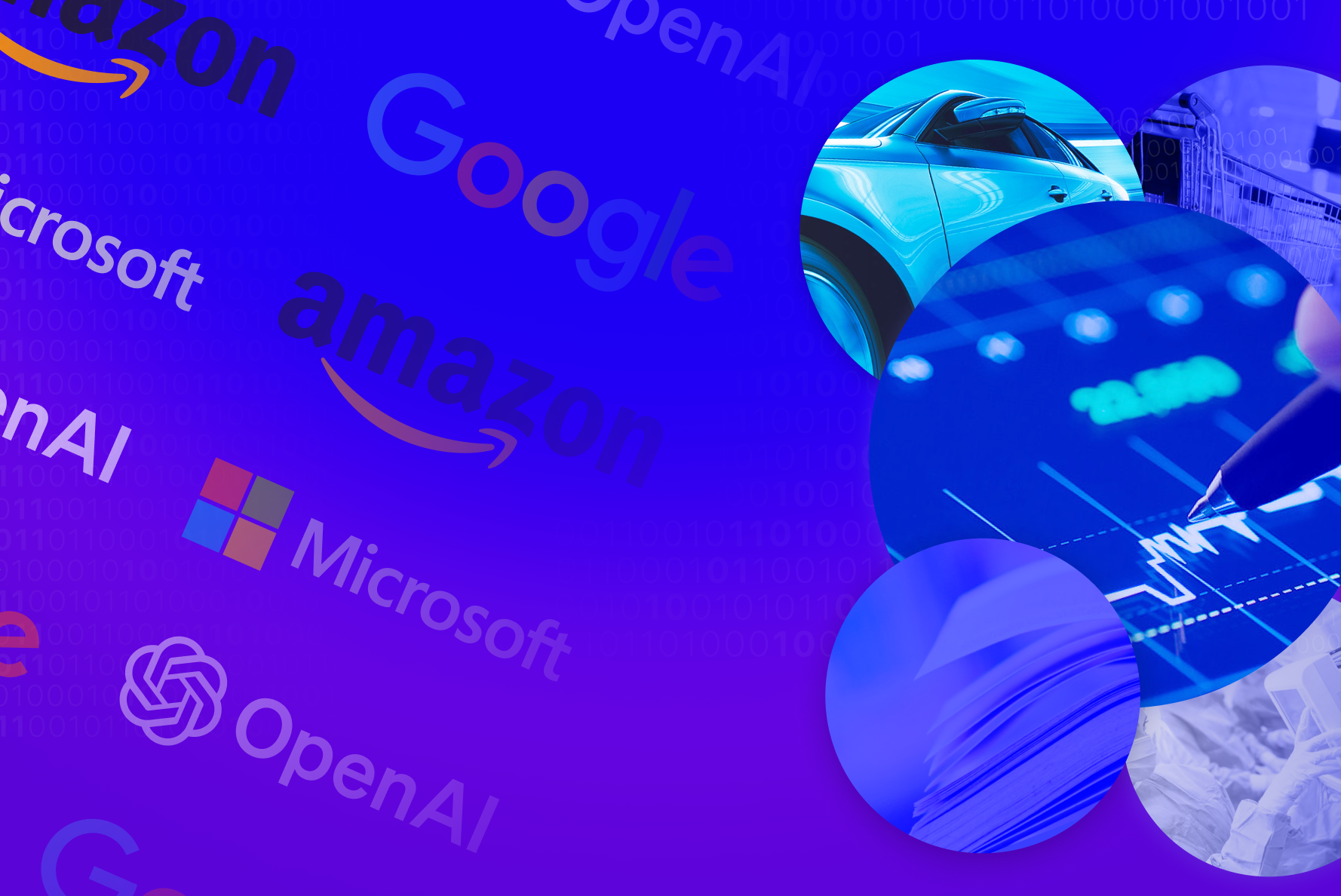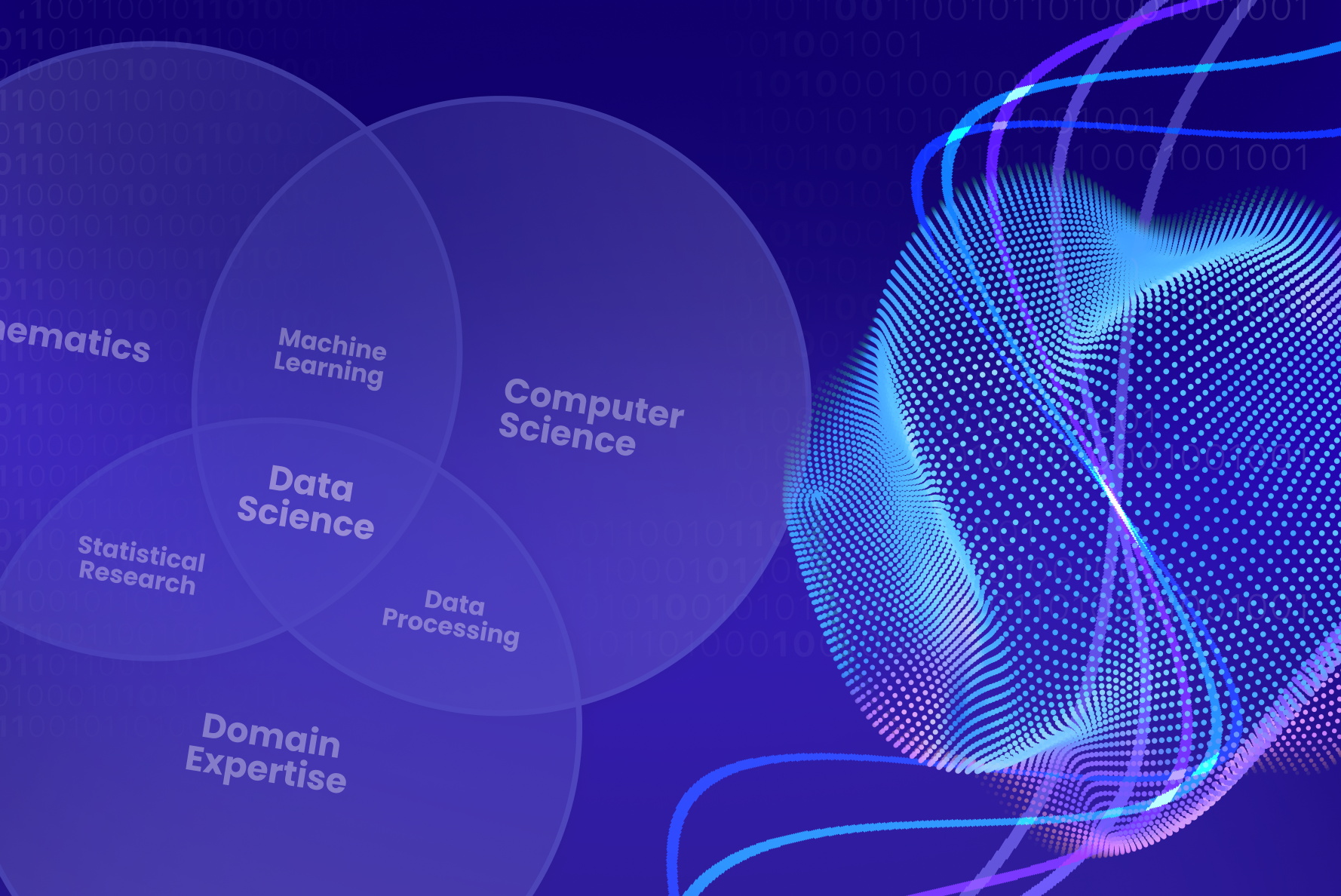Why Is AI Trending
Looking at current trends in AI it’s hard to believe that artificial intelligence was set up as an academic discipline in the 1950s. During this era, even commonplace items such as cell phones and video calls resembled scenes from science fiction. And of course, everyone remembers the rise of machines making us hold our breath in front of TV screens. Over the years, the AI domain experienced ebbs and flows, from hopeful peaks to bleak AI winters. However, a resurgence ensued post-2012, propelled by deep learning’s breakthrough. The momentum intensified post-2017, fueled by the transformer architecture. This resurgence resulted in an AI spring during the early 2020s. Notably, entities primarily in the United States spearheaded remarkable recent developments in AI across various sectors. There are plenty of generative AI use cases in business. According to Statista expansive AI sector reached approximately $200 billion globally in 2023 and is poised for exponential growth, projected to surpass $1.8 trillion by 2030.  In this article, we will try to answer the question “Why?” in detail and discuss trends in AI that will drive this market in 2024.
In this article, we will try to answer the question “Why?” in detail and discuss trends in AI that will drive this market in 2024.
Top 8 AI Trends
What is the new AI trend? This is likely to not only introduce novel advancements in the tech industry but also profoundly impact our careers and transform our way of life. So, let’s discover what’s on the horizon today.
1. Multimodal AI: A New Era of Image Processing
One of the main AI trends is the surge of multimodal AI. While generative AI systems allow users to work with only one input format like text and get the results in the same form, multimodal AI provides them with a wider range of opportunities. It can process and generate not only texts but also pictures and videos. Many of you may have seen the advertisement for an app driven by new AI technology that transforms everyday photos into professional business images. An AI system with multimodal capabilities can effortlessly produce marketing materials integrating text, images, and videos, enhancing user engagement and interaction. However, the value multimodal AI brings goes far beyond marketing content. These models can seamlessly analyze big volumes of unstructured data and address complex issues. This technology finds applications across diverse fields such as education, finance, and healthcare. For instance, in healthcare, multimodal AI can analyze medical images and patient records to provide a comprehensive understanding of an individual’s physical condition. Moreover, it can be implemented in the automotive sector for advanced driver assistance systems. It’s no surprise that the multimodal AI market is expected to grow by 35% – up to USD 4.5 billion by 2028 according to Markets and Markets predictions. This AI trend is really worth attention.
2. Shadow AI: Keep Your Data Secure
 The Big Brother is watching you! Personal and sensitive data is under threat. While some time ago one of the main security risks was shadow IT that was mitigated by local IT teams, artificial intelligence trends took it to the next level. According to a recent study by Dell, 91% of participants have experimented with generative AI to some extent, while 71% have utilized it in their professional settings. Dell also stresses that 76% of IT leaders consider generative AI’s impact significant if not transformative. Another report by Microsoft highlights what employees want from AI:
The Big Brother is watching you! Personal and sensitive data is under threat. While some time ago one of the main security risks was shadow IT that was mitigated by local IT teams, artificial intelligence trends took it to the next level. According to a recent study by Dell, 91% of participants have experimented with generative AI to some extent, while 71% have utilized it in their professional settings. Dell also stresses that 76% of IT leaders consider generative AI’s impact significant if not transformative. Another report by Microsoft highlights what employees want from AI:
- 80% express interest in AI’s ability to summarize meetings, organize action items, and schedule their day
- 86% are open to AI assistance in locating accurate answers and information
- 73% are willing to incorporate AI into their creative tasks
So, everyone is willing to use AI. But shadow IT placed the burden of responsibility solely on developers, but with trending AI, every user carries the potential for error. This necessitates reliance on all users, including admins and executives, to consistently make sound decisions when utilizing the latest AI technology. While this demands considerable trust in user conduct, it also compels users to self-regulate, potentially hindering their efficiency if they continually doubt their actions.
3. Agentic AI: Making Decisions Without Human Touch
While discussing current trends in AI, the ominous shadow of Skynet looms behind the conversation about Agentic AI. It represents a significant advancement in artificial intelligence, blending advanced machine learning algorithms with deep learning systems. Unlike conventional AI, which follows instructions, Agentic AI can autonomously make informed decisions, initiate actions, and adjust to evolving situations within predefined parameters. However, there is no need for alarm if we look at recent developments in AI. Agentic AI could be a good assistant for humans in many fields. For instance, autonomous vehicles are driven by Agent AI and can assess the traffic and make any changes without human touch, preventing the collision threat. In the healthcare sector, Agentic AI plays an important role in diagnostics, treatment planning, and drug discovery. Additionally, it monitors patients’ physical conditions, issuing signals to both patients and healthcare providers regarding necessary actions. And that truly matters in the context of future trends in artificial intelligence. Agentic AI in manufacturing enhances production processes by independently fine-tuning parameters, scheduling maintenance, and forecasting equipment failures pre-emptively.
4. Small Language Models and Open-Source Advancements: Reducing the Appetite for Energy
 The advantages of large linguistic models leave no room for doubt. But what about the drawbacks? Is new AI technology as effective as it seems? Only big companies with huge labs and resources can afford to train large language models. Just a few figures to illustrate that. Highly influential chatbots like OpenAI’s ChatGPT and Google’s Bard boast a composition of well over 100 billion parameters. In addition, large models are energy-hungry. As the research by the University of Washington says a single ChatGPT model demands as much power per day as 33,000 US households – around 1 GWh. Worldwide, data centers presently contribute to approximately 1 to 1.5 percent of total global electricity consumption, as reported by the International Energy Agency. And that’s the dark side of trending AI. No wonder, engineers are looking for ways to make the models more compact and almost as efficient as their larger ‘peers’. One of the most successful recent developments in AI is Microsoft’s small model called phi-1.5 trained on just 1.3 billion parameters. However, despite its smaller scale, phi-1.5 demonstrates numerous characteristics like those in larger LLMs. This AI trend may result in numerous models that do not need numerous large servers but may successfully operate with just one PC.
The advantages of large linguistic models leave no room for doubt. But what about the drawbacks? Is new AI technology as effective as it seems? Only big companies with huge labs and resources can afford to train large language models. Just a few figures to illustrate that. Highly influential chatbots like OpenAI’s ChatGPT and Google’s Bard boast a composition of well over 100 billion parameters. In addition, large models are energy-hungry. As the research by the University of Washington says a single ChatGPT model demands as much power per day as 33,000 US households – around 1 GWh. Worldwide, data centers presently contribute to approximately 1 to 1.5 percent of total global electricity consumption, as reported by the International Energy Agency. And that’s the dark side of trending AI. No wonder, engineers are looking for ways to make the models more compact and almost as efficient as their larger ‘peers’. One of the most successful recent developments in AI is Microsoft’s small model called phi-1.5 trained on just 1.3 billion parameters. However, despite its smaller scale, phi-1.5 demonstrates numerous characteristics like those in larger LLMs. This AI trend may result in numerous models that do not need numerous large servers but may successfully operate with just one PC.
5. GPU Shortages and Cloud Costs: Microchips As a Currency
One more driver with very limited resources for further AI development is graphic processing units (GPUs). Initially created for rendering pictures and videos for gaming they turned out to be essential for training modern AI models. Their capacity to execute numerous calculations concurrently renders them well-suited for fulfilling the parallel processing demands of machine learning and deep learning applications. But to keep that process running smoothly companies need to invest a significant amount of costs in GPUs. The surging demand is heating the GPU market, which is expected to grow from $40 billion in 2022 to $400 billion in 2032 according to Statista. Microsoft included GPU shortages in the risk section of its annual report. OpenAI also complained about the lack of chips for keeping its infrastructure running properly. In the context of these AI trends cloud sector is also highly affected by GPU shortages. While many applications can function using processors spread out globally, training generative AI programs typically yield optimal results when GPUs are closely clustered together, sometimes involving up to 10,000 chips simultaneously. This unprecedented demand has a significant impact on the availability and, of course, the costs. “Demand for our Cloud Infrastructure and Generative AI services is increasing at an astronomical rate,” said Safra Catz, Oracle CEO. According to her the company’s cloud businesses almost reached $20 billion in revenue in the second quarter of the 2024 fiscal year. And the revenue keeps growing due to high demand.
6. Open-Source AI: No Licences, Less Costs
 One of the current trends in AI that causes a lot of hot debates. Some industry experts consider unsecured software useful saying that it may propel further science development. Others argue that it may result in plenty of toxic content starting from teenage entertainment stuff like nude actors’ pics and ending with a nuclear bomb formula. But let us also look at open-source AI in business. According to the 2024 State of Open Source Report, 95% of respondents said their organizations either increased or maintained their use of open-source software in the past year — and 33% said their usage increased significantly. As for the 5% who reduced their operational support system, they were predominantly from early-stage startups, whereas 39% of those representing large enterprises (<5,000 employees) reported a significant increase. And one of the main reasons why was license cost/cost reduction, selected by 37% of survey respondents (and notably 51% of those working in government). An important point in the artificial intelligence trends context. Hence, the necessity for regulations arises. These regulations are aimed at the utilization, security, and dissemination of any machine learning-enabled software, encompassing stringent guidelines on safety, transparency, and copyright protection, among others. Drafting new rules will be one of the main trends in AI this year. We believe that companies operating in regulated sectors can spearhead efforts to meet rigorous standards for open-source security and reliability, thereby establishing benchmarks for compliant and ethical utilization.
One of the current trends in AI that causes a lot of hot debates. Some industry experts consider unsecured software useful saying that it may propel further science development. Others argue that it may result in plenty of toxic content starting from teenage entertainment stuff like nude actors’ pics and ending with a nuclear bomb formula. But let us also look at open-source AI in business. According to the 2024 State of Open Source Report, 95% of respondents said their organizations either increased or maintained their use of open-source software in the past year — and 33% said their usage increased significantly. As for the 5% who reduced their operational support system, they were predominantly from early-stage startups, whereas 39% of those representing large enterprises (<5,000 employees) reported a significant increase. And one of the main reasons why was license cost/cost reduction, selected by 37% of survey respondents (and notably 51% of those working in government). An important point in the artificial intelligence trends context. Hence, the necessity for regulations arises. These regulations are aimed at the utilization, security, and dissemination of any machine learning-enabled software, encompassing stringent guidelines on safety, transparency, and copyright protection, among others. Drafting new rules will be one of the main trends in AI this year. We believe that companies operating in regulated sectors can spearhead efforts to meet rigorous standards for open-source security and reliability, thereby establishing benchmarks for compliant and ethical utilization.
7. Customized Enterprise Generative AI Models: Meeting Specific Needs
If we continue discussing open-source software, it’s worth mentioning customized generative models. As using AI causes more and more privacy concerns companies consider creating their own generative apps. And here are the reasons why. Firstly, they offer stronger privacy and security measures, providing a greater level of control over sensitive data. For instance, if talking about AI in fintech. Secondly, fine-tuning algorithms using proprietary internal data can improve performance outcomes. Finally, tailoring a new AI technology to match the specific workflows of a company facilitates easier integration, enhancing overall efficiency and effectiveness. As the recent TechTarget states approximately 54% consider, develop or run pilot tests. Although the majority is still in their early stages their number continues to grow.  At the same time according to the same survey by TechTarget, respondents highlighted various challenges hindering the implementation of generative AI, whether customized or not. The primary obstacles include a shortage of employee expertise and skills (39%), ethical and legal concerns regarding bias and fairness (32%), and apprehensions regarding data quality (31%).
At the same time according to the same survey by TechTarget, respondents highlighted various challenges hindering the implementation of generative AI, whether customized or not. The primary obstacles include a shortage of employee expertise and skills (39%), ethical and legal concerns regarding bias and fairness (32%), and apprehensions regarding data quality (31%).
8. Regulation, Copyright, and Ethical AI Concerns: Absence of Rules, Abundance of Lawsuits
As AI is learning quickly and becomes more and more creative copyright issues arise more and more often. Let us recall a relatively innocent case with Dr. Stephen Thaler trying to register a copyright for an image generated by new AI technology back in 2022. His claim was denied by the Copyright Office with the requirement to show requisite human authorship in the work. Later, more serious trials started. Take for instance such cases as GitHub vs. Microsoft and OpenAI. In late 2022, a cohort of GitHub developers initiated a class action lawsuit against Microsoft and OpenAI, accusing them of purportedly breaching their open-source licenses and utilizing their code for training Microsoft’s AI tool, GitHub Copilot. On May 11, the district court for the Northern District of California issued a partial ruling on the motions to dismiss filed by Microsoft and OpenAI, granting some and denying others. Other cases involved Getty Images, Stability AI, Alphabet Inc., Meta, the New York Times, and other well-known brands. And again, we see that new regulations resolving all the issues from these lawsuits are strongly required. So, a lot of new AI-related legislation acts are expected this year.
The Bottom Line
When discussing future trends in artificial intelligence we can see, AI is quickly integrating into everyday life and is becoming more and more widespread among businesses. While security, copyright, and ethical concerns persist, government authorities are actively crafting regulations to address these issues. If you want to fully benefit from AI, the Uvik team can be your reliable partner and assist you with all the aspects of generative apps and streamline your operations with modern AI tools. You may also check our case studies to have more information about your opportunities with Uvik. 

